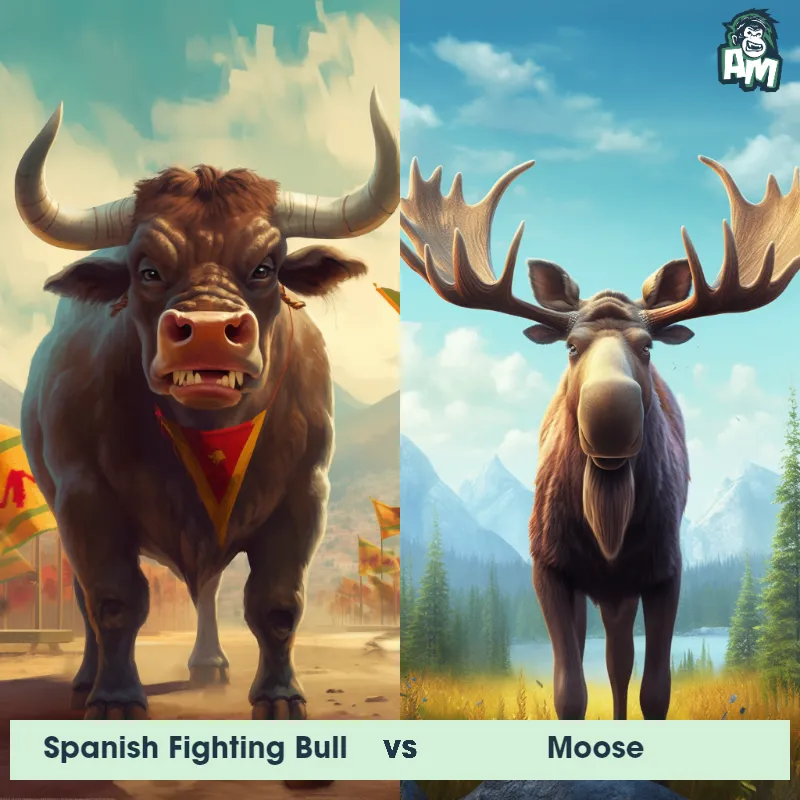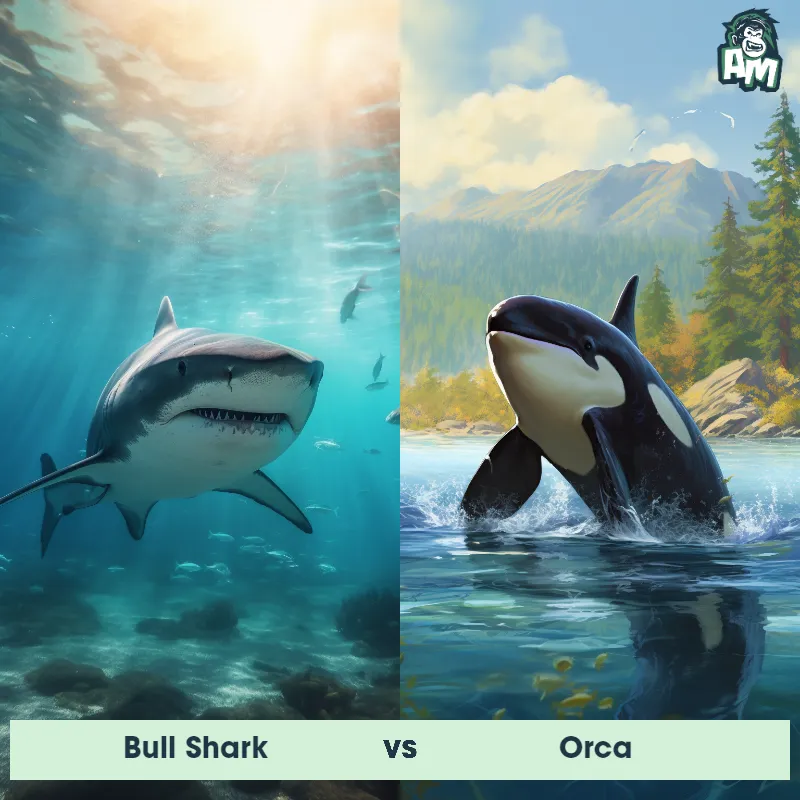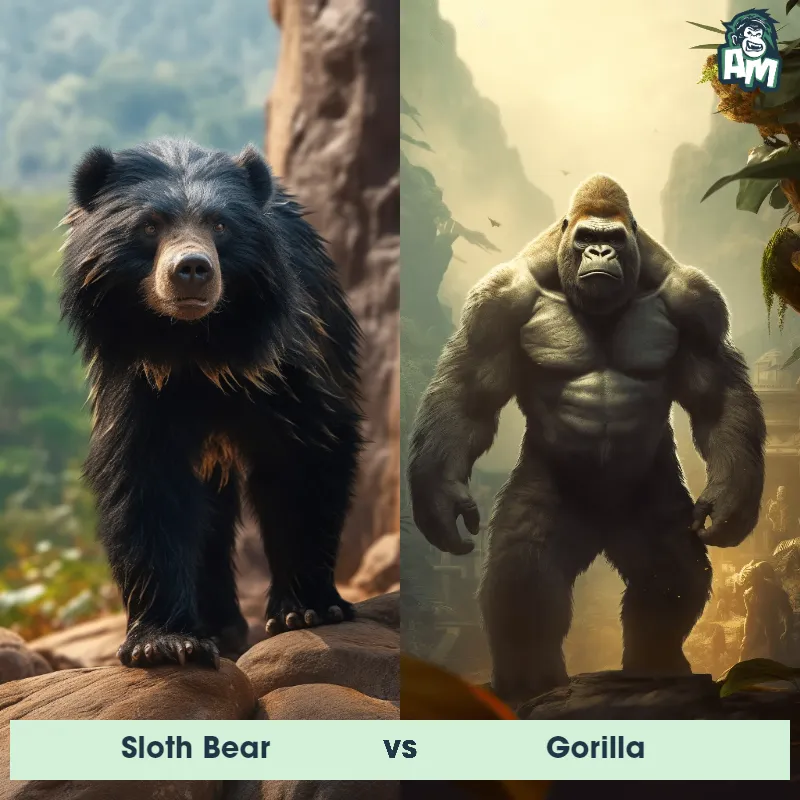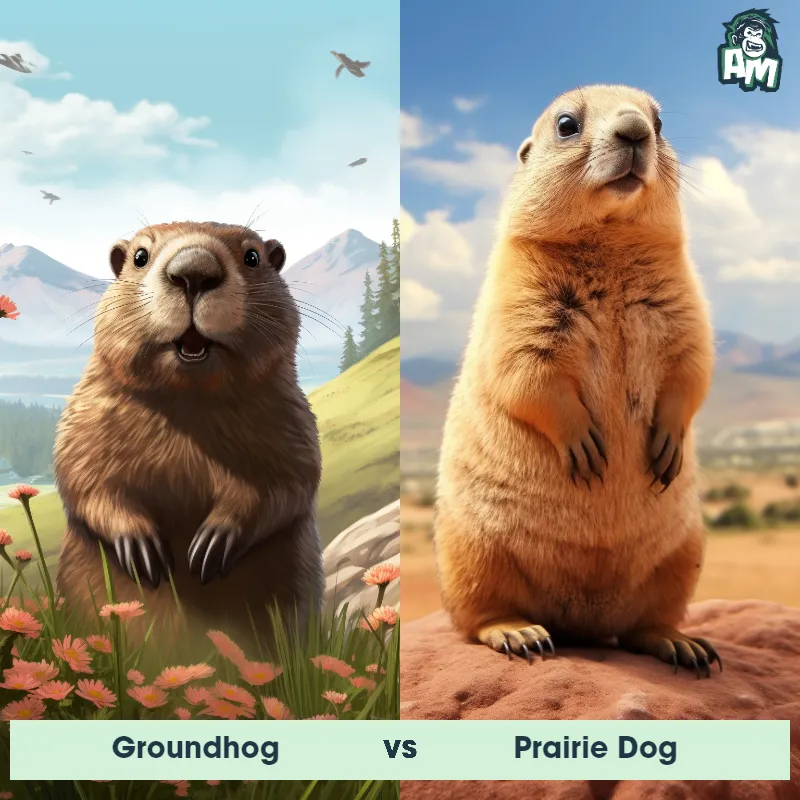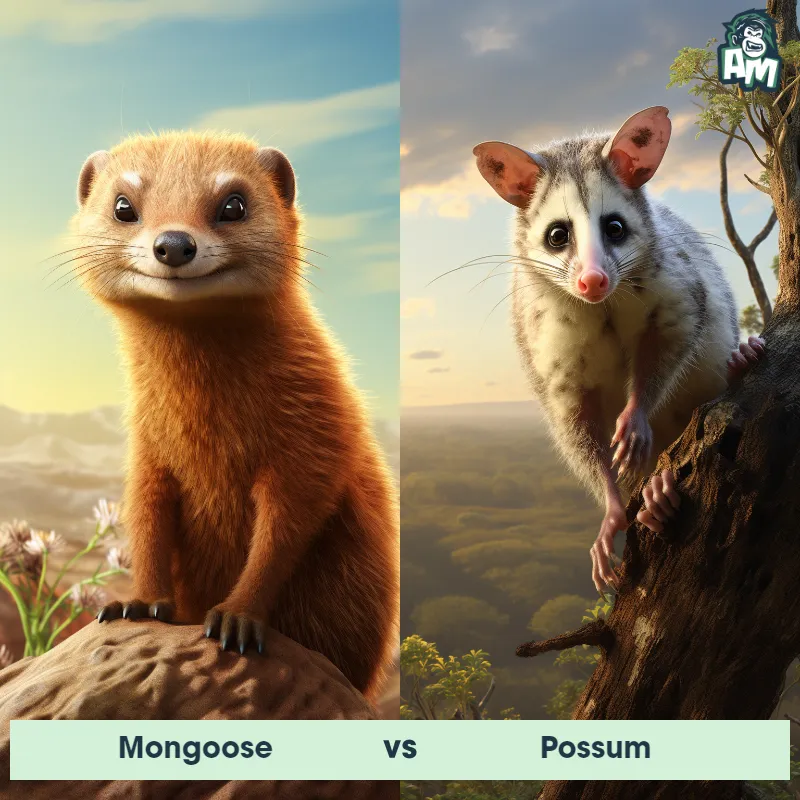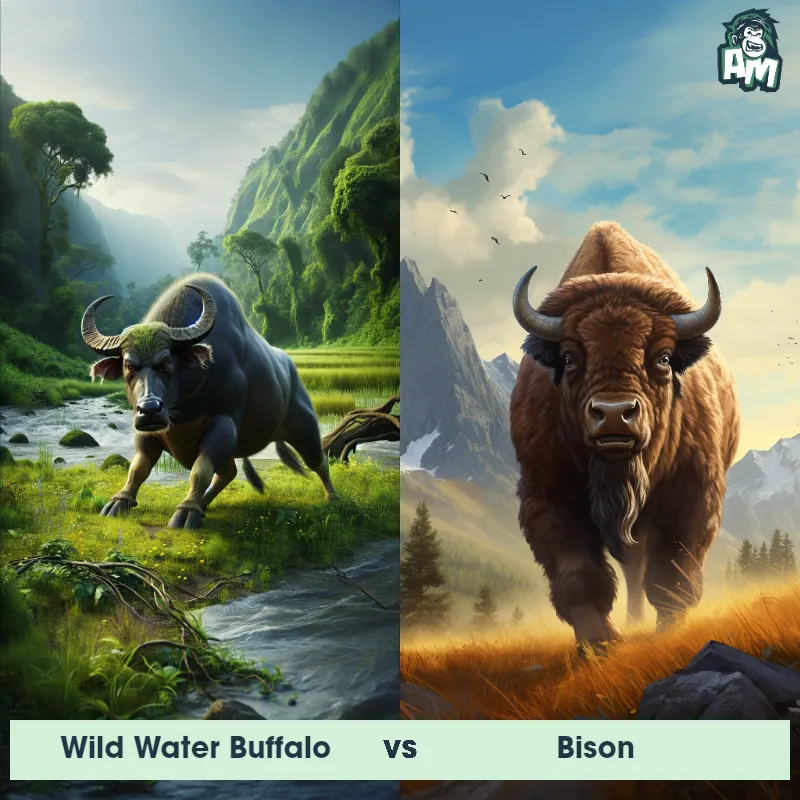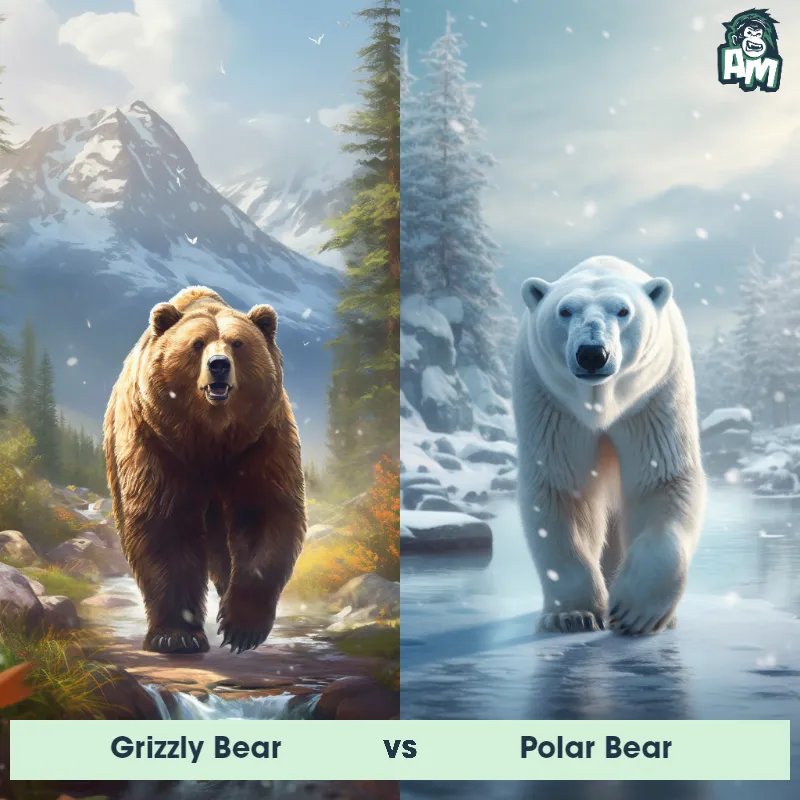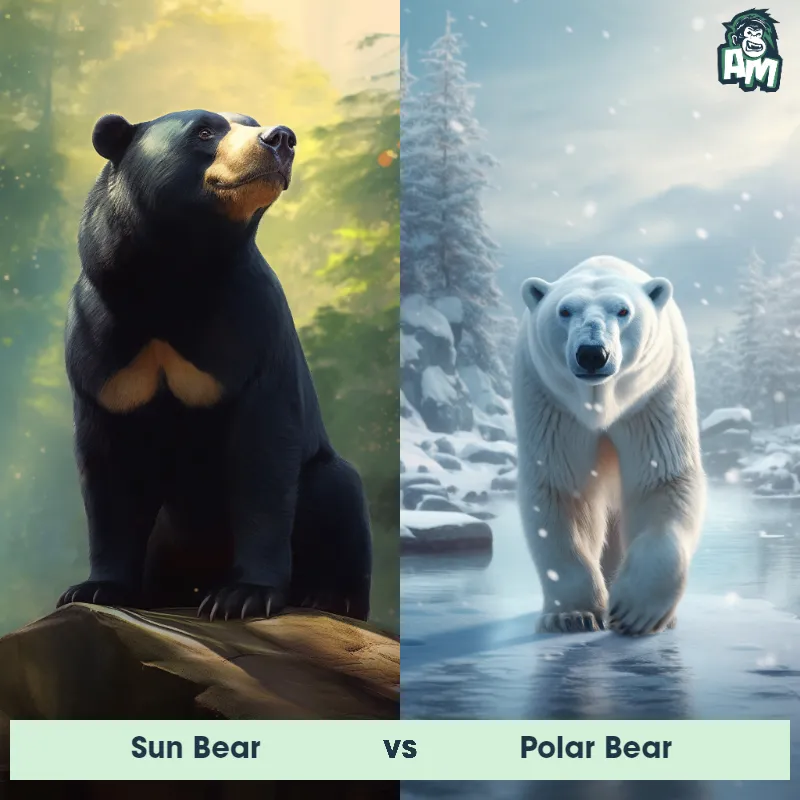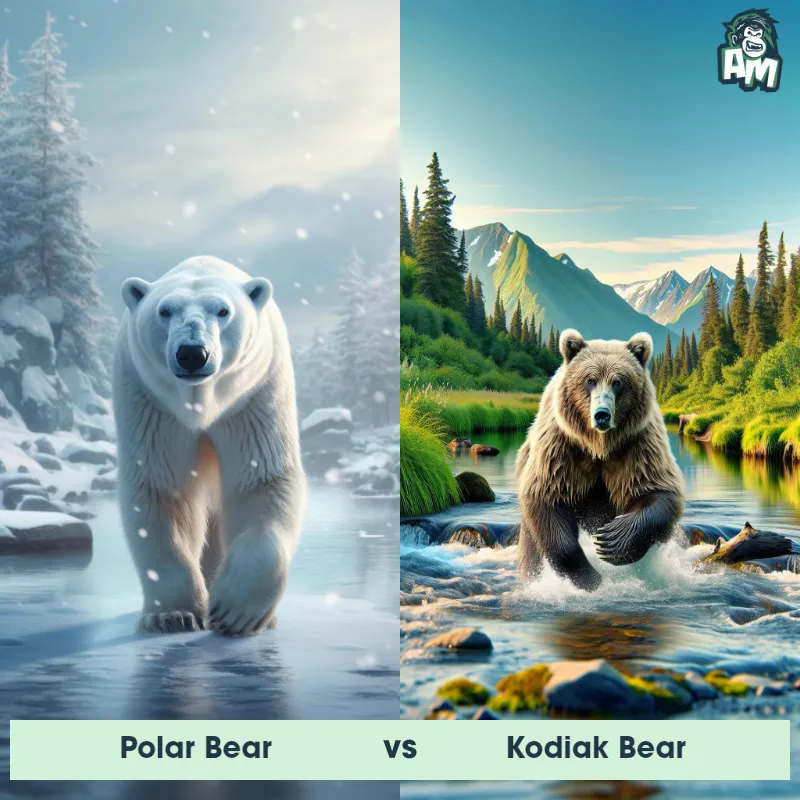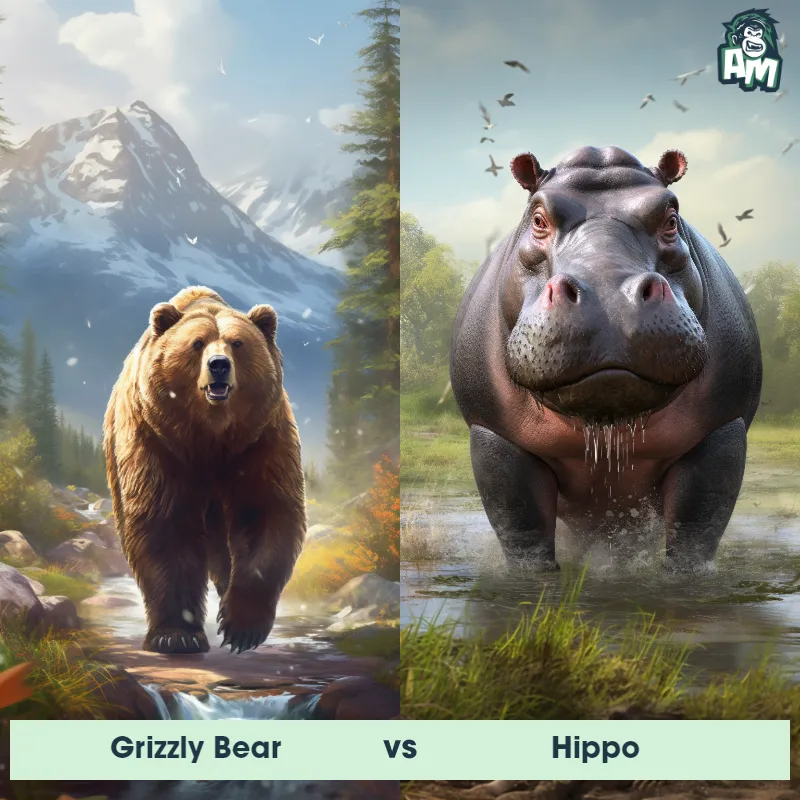Grizzly Bear vs TigerSee Who Wins

Ladies and gentlemen, welcome to this epic showdown between two of nature's most fearsome beasts. In the blue corner, weighing in at a whopping 1,300 pounds, we have the mighty Grizzly Bear. And in the red corner, weighing in at a lean 500 pounds, we have the cunning Tiger. This collision of strength and agility promises to be a fight for the ages. Let's see how these apex predators fare against each other in this three-round matchup. Get ready for an incredible display of wild power!
Contender 1: Grizzly Bear
The Grizzly Bear, also known as the North American Brown Bear, is a large mammal that can weigh up to 600 pounds and stand up to 8 feet tall on its hind legs. They have distinctive humps on their shoulders, long claws, and a concave facial profile. Grizzly Bears are omnivores and can be found in North America, primarily in Alaska and western Canada.
![[object Object] Gif](https://tenor.com/view/fighting-match-quarrel-brawl-battle-gif-15965644.gif)
Fun Fact: Grizzly Bears have an incredible sense of smell and can detect food from miles away, making them excellent hunters and scavengers.
Contender 2: Tiger
The Tiger is a large and powerful big cat, known for its distinct orange coat patterned with black stripes, which are unique to each individual, much like a human fingerprint. Tigers have a muscular build, a heavy head with strong jaws, and a tail that is usually about half the length of their body. The largest species of the cat family, adult male tigers can reach up to 10 feet in length and weigh up to 660 pounds. Tigers are native to various parts of Asia and are adept swimmers, unlike most members of the cat family.
Fun Fact: Tigers are apex predators and primarily consume larger mammals for food, including deer and wild boar; a hungry tiger can eat as much as 60 pounds in one night.
Matchup Stats
| Grizzly Bear | Tiger | |
|---|---|---|
| Size | Up to 8 feet tall (2.4 meters) | Up to 10 feet in length (3.05 meters) |
| Weight | Up to 600 pounds (272 kilograms) | Up to 660 pounds (300 kilograms) |
| Speed | Speed: 30 mph (48.28 km/hr) | 35-40mph (56-64km/h) |
| Key Strength | Powerful jaws and sharp claws | Strong jaws and muscular build |
| Biggest Weakness | Slow movement and vulnerability to attacks from behind | Limited endurance for long chases |
Current Votes
Grizzly Bear vs Tiger
See Who Wins
View More Matches
Looking For More?
Similar Matches
Scientific Stats
| Grizzly Bear | Tiger | |
|---|---|---|
| Scientific Name | Ursus arctos horribilis | Panthera tigris |
| Family | Ursidae | Felidae |
| Habitat | Forests, meadows, and mountains | Forests, grasslands, and swamps |
| Geography | North America, primarily in Alaska and western Canada | Asia |
| Diet | Omnivorous, eats berries, roots, fish, small mammals, and carrion | Carnivorous, primarily deer and wild boar |
| Lifespan | 20 years - 25 years | 15 years - 26 years |
Key Differences between Grizzly Bear and Tiger
- Tail: Grizzly Bears have a short, stubby tail that reaches down to their hocks, while Tigers have a long, thick tail that aids them in balance while climbing and turning quickly.
- Coloration: Grizzly Bears have a distinct, shaggy and grizzled appearance, with long, golden to dark brown fur, while Tigers display a striped pattern with various shades of orange, rust, and black.
- Body Shape: Grizzly Bears have a sturdy and heavy build, with a muscular hump over their shoulders, while Tigers have a sleek and slender body, built for agility and speed.
- Ears: Grizzly bears have round ears that are relatively small in proportion to their head size, while Tigers have more prominent, triangular-shaped ears.
- Facial Features: Grizzly Bears have a prominent hump on their shoulders and a concave face profile, with a short, round snout and small eyes, while Tigers possess a narrower face, longer snout and large round eyes.
- Size: Grizzly Bears are significantly larger than Tigers, with adult males weighing between 400-600 kg (880-1320 lbs), while Tigers weigh between 100-320 kg (220-700 lbs).



